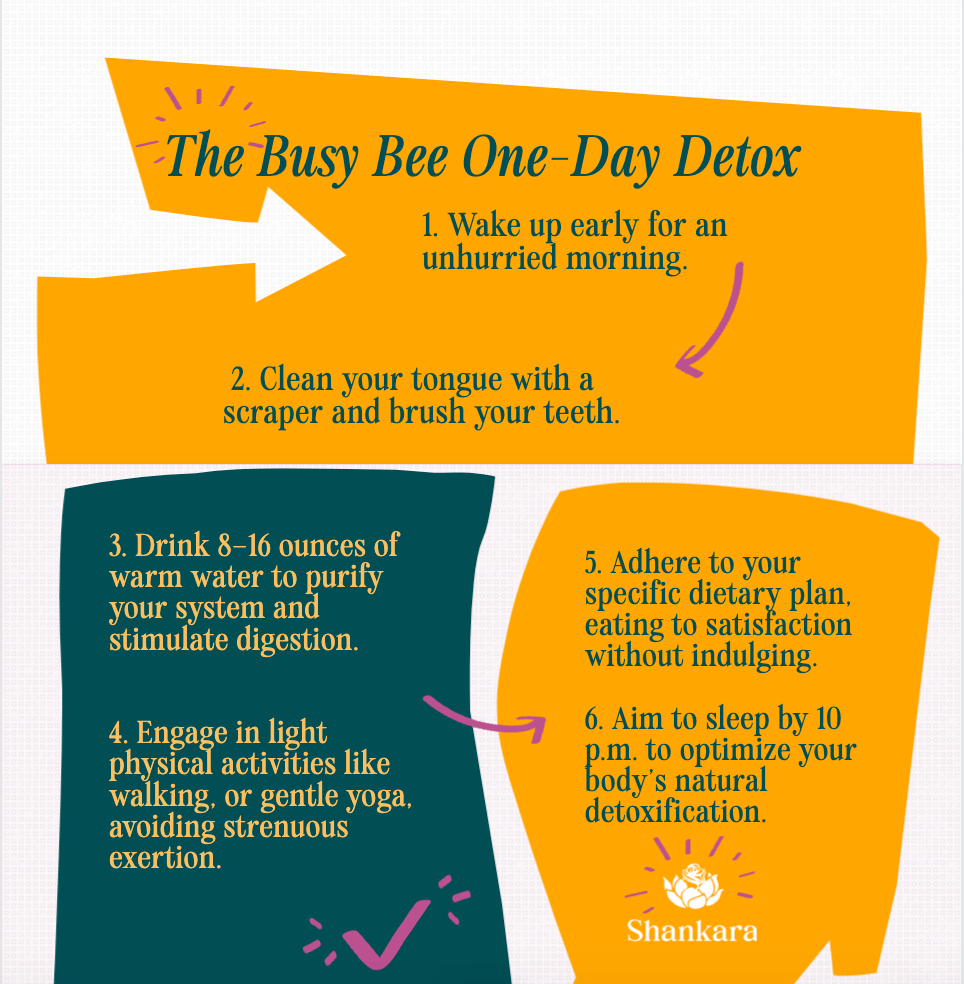
What comes to mind when you think of cleanses? Does it conjure up images of bright green juices, gyms, and fasting?
An Ayurvedic cleanse does things a little (okay, a lot!) differently. An Ayurvedic cleanse supports enhancing physical and mental health by eliminating toxins from the body, avoiding indigestible foods, and ensuring significant rest.
In this article, we will dive into the Ayurvedic way of cleansing, and its benefits for skin health.
An Ayurvedic cleanse is a comprehensive and holistic detox. It transcends modern diet-centric detoxes by encompassing dietary changes, herbal remedies, body therapies, and mindfulness. Tailored to suit a person’s unique doshic makeup—Vata, Pitta, or Kapha—it harmonizes physical health, mental, and emotional health, ultimately benefiting overall well-being and skin health.
The process starts by understanding that each person is unique, with their own specific needs and constitution, called a dosha - Vata, Pitta, or Kapha. The cleanse is meticulously tailored to align with your doshic makeup, ensuring that the interventions are as effective and nurturing as possible for your needs.
The adjustments are designed not just to purge toxins but to replenish and nourish your body. Herbal treatments, another cornerstone of the cleanse, utilize herbs to support and enhance the body's detoxification processes.
By integrating these various elements, an Ayurvedic cleanse facilitates a deep, holistic detoxification, paving the way for improved well-being.
And the most delightful side effect? Your skin will become clearer, happier, and glow brighter! An Ayurvedic detox is not just about detoxifying your body, but a chance to reset and get back on track to achieve a balanced, healthier, and more radiant version of yourself.
Detoxification is a cornerstone of an ayurvedic lifestyle.
Ayurveda posits that the accumulated toxins (ama) in the body is the root cause of most diseases and imbalances, including skin issues such as acne, eczema, and premature aging. These toxins can come from various factors, including improper digestion, poor diet, environmental pollutants, and stress.
An Ayurvedic cleanse aims to eliminate ama, restore the digestive tract with fire (agni), and rejuvenate the body, leading to clearer, more vibrant skin.

Each individual is thought to have a unique balance of three doshas: Vata (air and space), Pitta (fire and water), and Kapha (earth and water). This balance influences our physical traits, emotional tendencies, skin type, and susceptibility to specific skin problems.
For example:
Vata's skin is typically dry, thin, and prone to premature aging.
Pitta skin tends to be sensitive, oily, and prone to inflammation and acne.
Kapha skin is often smooth, moist, and more prone to congestion and water retention.
An Ayurvedic detox seeks to balance the doshas, thereby addressing the root cause of skin problems. By tailoring the cleansing therapies to an individual's doshic constitution, one can effectively target and alleviate specific skin issues, leading to a naturally glowing, healthier complexion.
The cleansing process in Ayurveda is rooted in a well-functioning digestive system.
Agni, or the digestive fire, is associated with the life processes of digestion, absorption, and how food gets converted to energy.
In Ayurveda, the health of the skin is directly related to the quality of one's Agni, along with the balance of the three doshas (Vata, Pitta, and Kapha).
When Agni is balanced, it can efficiently digest food and absorb nutrients, while eliminating toxins effectively. This process is crucial for maintaining the health of all tissues, including the skin.
A good Agni = good skin!
A strong Agni has the following qualities:
Nutrient Absorption: A strong and balanced Agni supports the body to properly digest food and absorb the essential nutrients, like vitamins A, C, E, and zinc which are key for maintaining clear and vibrant skin.
Toxin Elimination: An optimal digestive fire helps in the effective elimination of toxins. But when Agni is weak, it accumulates toxins in the body, which can lead to various skin issues like acne, eczema, or dull complexion.
Dosha Balance: Balancing Agni helps in maintaining the equilibrium of doshas, which in turn supports skin health, as each of the three doshas has specific qualities that can impact skin health.
You Are What You Eat: Eating foods that are fresh, lightly cooked, and easy to digest, directly benefits skin health and keeps Agni happy.
According to Ayurvedic principles, you need good Agni to digest life's myriad and mixed experiences, both simple and complex, and even for learning. We need Agni for stronger senses, good digestion, the right body temperature, bright glowing skin, more life force, vitality, and more oxygen in the body.
To determine if you need an Ayurvedic cleanse, you should observe your body's signals. If you have any of the following symptoms, you may benefit from an Ayurvedic cleanse:
Digestive issues: If you're experiencing problems like excess weight gain, bloating, gas, constipation, or irregular bowel movements, it may indicate an imbalance in your digestive system, which an Ayurvedic cleanse can address.
Low Energy: Persistent tiredness or feeling sluggish even after a good night's sleep could signal that your body needs a reset.
Negative emotions: Difficult concentrating, memory problems, or feeling brain fog are signs that it’s time for a cleanse.
Stress: Feeling extreme stress and anxiety can be signs that your body is out of balance.
Sleep issues: If you’re having trouble falling asleep, staying asleep, or feeling unrested, it might be time for a detox. Experiencing constant colds, infections, or a general feeling of being unwell can indicate that your body's natural defenses are weakened.
If you're experiencing these symptoms, Ayurvedic detoxes might help you feel more energized, clear-headed, and refreshed.
From an Ayurvedic perspective, periodic detoxes are recommended to help the body eliminate these toxins, leading to improved vitality and mental clarity.
However, it's important to approach Ayurvedic practices with an understanding of your own body's needs and, if possible, under the guidance of a qualified Ayurvedic practitioner to ensure the cleanse is appropriate for your individual constitution and health status.
Here are 9 key benefits of doing an Ayurvedic cleanse:
Calm the mind and the nervous system.
Supports clarity and feeling grounded.
Increases energy, vitality, and excitement in daily life.
Helps maintain a healthy body weight.
Supports balanced sleep.
Supports and promotes healthy bowel movements.
Speeds up recovery time for one's natural, balanced state.
Helps eliminate toxins.
Supports the immune system.
Every Ayurvedic detox program has 3 steps: preparation, cleansing, and Reintroduction.
The initial stage, also known as the preparation phase, aimed at conditioning the digestive tract for an effective cleanse.
Typical Span: Up to 1 week.
What to Consume: Warm, uncomplicated meals and ensure ample hydration. Drinking water with lemon juice and ginger tea is advised to maintain optimal hydration levels.
What to Avoid: It's recommended to avoid meat (including fish), dairy, processed items, sugar, caffeine, beans, and alcohol.
The core of the Ayurvedic detox program is the second phase, focusing on a mono-diet of kitchari – a nourishing combination of rice, split mung dhal, ghee, vegetables, and a variety of detoxifying liquids. Kitchari is esteemed for its nutritional balance, offering carbohydrates, proteins (from mung dhal), and healthy fats (from ghee).
Typical Span: Preferably same as the Initial Stage.
What to Consume: Kitchari with Ghee.
What to avoid: Deviations from the kitchari cleanse, raw vegetables, snacks etc.
A very simple diet routine makes this phase both fulfilling and beneficial as your body undergoes recovery and revitalization.
The third phase mirrors the first, emphasizing clean eating and hydration as you transition into the rejuvenation phase period. This stage allows for the gradual reintroduction of different foods into your diet.
Duration: Similar to First and Second Phase.
What to Consume: Foods and diet similar to Initial Stage. Clean eating and hydration is the formula.
What to avoid: You're still avoiding caffeine, alcohol, meat, and sugar to maintain the body's equilibrium.
The length of your ayurvedic cleansing program is your choice but it's important to honor each phase, affording all three equal value and time. Typically, the rule is that the longer your actual cleanse is, the deeper your detox will be.
Do what's best for you, and your lifestyle, picking a tangible timeframe that you can stay accountable to. Stay small and you can always increase the time in the future.
The principle behind an Ayurvedic detox is to offer your body a period of rest and rejuvenation, aiding in the elimination of unwanted toxins. You can benefit from an Ayurvedic detox anytime, anywhere, but it's popular to do it with the change of seasons to purge the body of toxins from the prior season.
While doing an Ayurvedic detox can be extremely advantageous, it's possible to experience side effects such as nausea, headaches, fatigue, irritability, and mood swings. Monitoring bowel movements is essential during the detox, as regularity (ideally 2-3 times daily) is a key indicator of its effectiveness.
If you are keen on undertaking long-term or more intense detox, we advise the support of a certified Ayurvedic practitioner.
When it comes to time frame, the best practice is the best one for you. Have you ever heard the saying a short workout is better than no workout? The same can be said about an Ayurvedic cleanse!
After some introspection about what you and your body need, and what is realistic for your life, you can absolutely benefit from a 2 or 3-day cleanse. Naturally, the longer you detox, the deeper the purge.
Are you looking for an even shorter cleanse to get started ? Implement the Busy Bee detox.
Do you feel like you blink and it's Friday again!?
If you're a busy bee, you likely cannot take on a comprehensive and extensive ayurvedic detox - and that’s okay!
A one-day reset is an accessible option in one’s modern, hectic life that doesn't add more pressure. It can be flexible and tailored to fit your routine while nurturing the Agni (digestive fire)! Regularly practicing this can significantly enhance your health, offering a practical yet impactful health maintenance strategy.
Remember the following during your Busy Bee Detox:
Focus on mindfulness practices to remain calm and low stress.
Spend your day with positive and nourishing people and surroundings.
Get sufficient rest to adequately support your body's cleansing process, keeping your limited energy for detoxification.
Find 3 days that you can focus strictly on cleansing. This can be a weekend or during the week, depending on your routine. Ideally, you shouldn't do anything strenuous during this time, allow yourself to focus entirely on the cleanse.
This 7 step ayurvedic detox takes you through a routine of simple diet, hydration, self-care and gentle exercise. Consistency is key, and you'll feel an improvement in your mood and health right away.
Educate Yourself: Begin by familiarizing yourself with the principles of Ayurveda and the concept of doshas. Understanding your predominant dosha can guide you in customizing your detox. You can do a Dosha quiz here!
Simplify Your Diet: Gradually transition to a simpler, whole-foods-based diet. Incorporate plenty of fresh fruits, vegetables, and whole grains while minimizing processed foods, caffeine, and alcohol.
Incorporate Daily Routines: Start integrating Ayurvedic practices into your daily routine. Begin with easier practices like tongue scraping and oil pulling before moving on to more involved processes like Abhyanga.
Embrace Mindfulness Practices: Allocate time each day for yoga and meditation. These practices are essential for managing stress and supporting the mind-body connection for your spiritual health.
Stay Hydrated: Drink plenty of warm water throughout the day to help flush toxins from your body. Herbal teas, especially those tailored to your dosha, can also be beneficial.
Prepare Your Environment: Create a calming, nurturing space in your home that supports your cleanse. This might involve decluttering your living space or setting up a dedicated area for meditation and yoga.
While general tips can provide a starting point, consulting with an Ayurvedic professional is invaluable for tailoring the cleanse to your individual needs. An experienced practitioner can:
Assess Your Dosha: Provide a detailed assessment of your doshic balance and identify any imbalances that need to be addressed.
Customize Your Cleanse: Offer personalized recommendations for diet, herbal supplements, and practices based on your ayurvedic constitution, lifestyle, and specific skin concerns.
Guide You Through Panchakarma: If you're considering Panchakarma, a practitioner will oversee this complex detoxification process, ensuring it's performed safely and effectively.
Provide Ongoing Support: Offer guidance and adjustments throughout your cleanse, helping you navigate challenges and optimize results.
The guidance of a practitioner ensures a safe, personalized approach that respects your body's unique needs, maximizing the benefits for your skin and overall health.
Emotional and Physical Changes: During an Ayurvedic cleanse, don't panic if you begin to experience a range of emotional and/or physical fluctuations. Emotional sensitivity and minor physical changes can occur as your body detoxifies and rebalances, but these should be mild and manageable, as the body returns to its natural adjustment process.
Personal Growth: The Ayurvedic cleanse is there to purify the body and mind, leading to potentially profound transformative effects and personal growth. The cleanse reduces cortisol (stress) levels and increases relaxation, leading to an overall reduction in anxiety longer-term.
Plan ahead for potential emotional experiences by scheduling self-care time by spending time with loved ones, or booking a counseling session, and ensure you make time to journal, meditate, and reflect.
Choosing the time frame for your Ayurvedic cleanse plays an important role in the success of your cleanse. As mentioned, all three steps should receive equal value and time. The longer the cleanse, the better the results!
To figure out what’s best for you, you should consider the following:
Chat with an Ayurvedic Practitioner: A qualified Ayurvedic practitioner can assess your constitution and the current state of balance or imbalance to recommend a personalized cleansing plan.
Understand your why: Determine the purpose of your cleanse—whether it's for detoxification, weight management, stress relief, or overall health improvement—as this will influence its duration.
Consider your Dosha: Your primary dosha is a factor for the cleanse. For example, Vata types might need a shorter, less intense cleanse to avoid aggravating their dosha, while Kapha types may appreciate a longer cleanse.
Listen to your body’s needs: Let your body’s signals be your guide. If you experience excessive fatigue, discomfort, or other symptoms, it might be necessary to adjust the duration of your cleanse.
Start slowly: If you're new to Ayurvedic cleanses, consider starting with a shorter duration to see how your body responds. You can gradually increase the length of future cleanses as you become more accustomed to the process.
Lifestyle and schedule: Your daily responsibilities and lifestyle can impact the feasibility and duration of your cleanse. For success, ensure the cleanse fits into your schedule without adding unwanted stress.
If you are a person who menstruates, try to plan your Ayurvedic cleanse around your cycle, avoiding doing the cleanse while you are on your cycle so that you don't overburden your body.
If you do start your period while on your cleanse, make sure you are getting sufficient nourishment and hydration to ensure your body’s unique needs are being met at this time. Engage in additional self-care, rest, and re-rejuvenation, which are integral to both the menstrual cycle and the Ayurvedic cleanse.
Enhance your Ayurvedic cleanse with Ayurvedic skin care products that will extract a radiance and glow, acting as the perfect partner for your cleanse for ultimate success!
Go Chemical Free: Avoid any products with harsh chemicals and opt for Shankara Naturals products that are 100% natural and free of harsh chemicals! Don't forget to respect your constitution by picking products with ingredients that will make your skin sing.
Massage: Perform an Ayurvedic Abhyanga massage daily using oils best suited for your dosha to offer serious hydration, stimulate the lymphatic system, and promote circulation.
Gentle Skincare: Use a gentle, natural exfoliant to remove dead skin cells to promote skin renewal.
Steam: Gentle facial steaming will open pores and release unwanted impurities. You can add herbs or essential oils to the steam water that are beneficial for your dosha for an enhanced effect.
Mindful Skincare: Be mindful during your skincare routine, permitting yourself additional time for it, to feel adequately rejuvenated. This will aid in stress reduction and promote satisfaction and well-being.
Sundarya Body Oil: Bursting with Jasmine, Ylang Ylang, and Rose Geranium, is luxurious and soothing, leaving your skin feeling supple and nourished.
Muscle Release Oil: Pamper your sore muscles with Frankincense, Helichrysum, and Plai for invigorating balance and restoration.
Microcrystal Exfoliator: Reveal radiant skin with ultra-fine silica crystals combined with aloe gel and five algae.
Gheesutrā Nourishing Exfoliator: Our latest face scrub is packed with 100 times washed ghee, sweet almonds, and silica crystals, rejuvenating the skin for a fantastic glow.
Aromatherapy Collection: Enhance self-care and time for yourself with our collection that features 3 Ayurveda-inspired oils to support emotional balance and stress reduction through daily activities. The collection includes Calming Essence, Soothing Essence, and Energizing Essence.
How much does a cleanse cost?
The cost varies! A traditional Panchakarma cleanse at an official, certified wellness center can cost anywhere between $150 - $500 per day. However, more affordable options are available, including a simple cleanse that can be done right at home, which doesn't require such a significant investment. The choice of cleanse should consider your personal needs, lifestyle, and budget.
Is an Ayurvedic cleanse safe to do while being pregnant?
While you must always speak to a professional for medical advice when pregnant, an Ayurvedic cleanse is not recommended during pregnancy. Rather, when for pregnant women, the focus should be on strength and rejuvenation, not cleansing.
Generally, what should be avoided while on an Ayurvedic cleanse?
All cleanses will be a bit different, but you should avoid meat, dairy, caffeine, chocolate, processed foods, and alcohol.
Can an Ayurvedic cleanse help with weight loss?
While weight loss may be a side effect, an Ayurvedic cleanse is to detoxify the body and balance the doshas, not specifically to lose weight.
While undergoing a cleanse, you can support the effects and benefits by undertaking the following Ayurvedic principles for holistic well-being.
Ayurvedic herbs and herbal supplements are used to support the cleansing process. These detoxifying herbs, like ginger tea, giloy, gooseberries, and Triphala, aid in digestion, elimination, and the removal of toxins from the body.
Self-massage with warm oils, a practice known as Abhyanga, is believed to help dislodge accumulated ama (undigested food and toxins) from deep tissues and stimulate the lymphatic system.
Pranayama, or breathing exercises, play a crucial role in the Ayurvedic practice of cleansing. Proper breathing techniques enhance the body's ability to expel toxins through the respiratory tract.
Our world is brimming with processed foods, environmental toxins, and stressful lifestyles are promoted. It's draining. It's exhausting.
Ayurvedic cleansing steps in to offer a beautifully holistic approach to promoting overall well-being. By focusing on the Agni, or digestive system, Ayurvedic cleanses aim to eliminate toxins, restoring balance, and rejuvenate the body and mind, leaving you feeling refreshed and relaxed.
Whether you seek to help get your skin’s glow back, alleviate chronic conditions, improve digestion, or enhance overall health, doing a time-tested Ayurveda cleanse can lead you on a transformative trip toward optimal well-being. Remember, consulting an Ayurvedic professional is essential to ensure a safe and effective cleansing experience tailored to your unique needs and constitution.
Which cleanse will you try first?



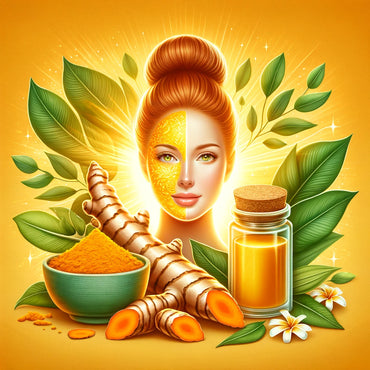

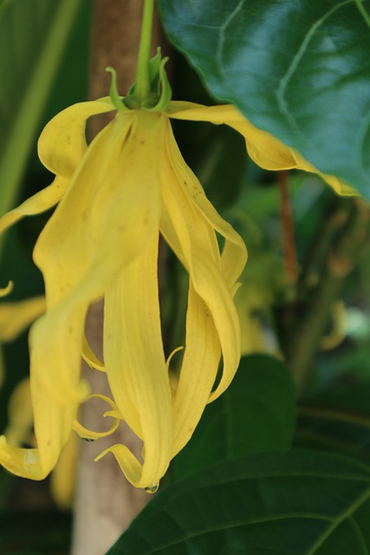

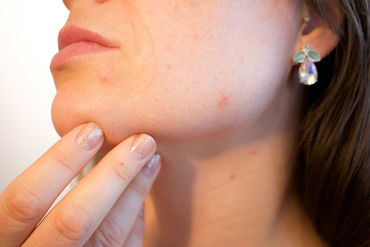
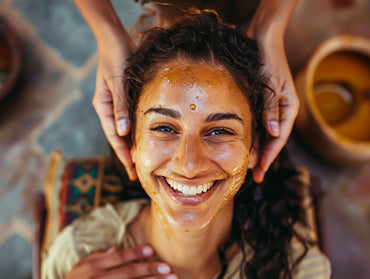

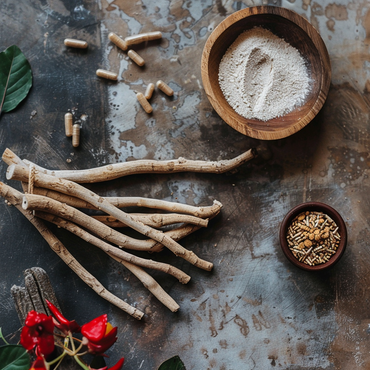
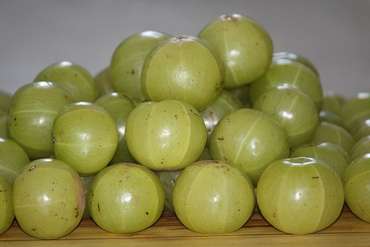
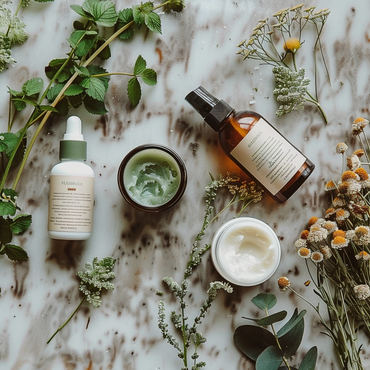
comments (0)